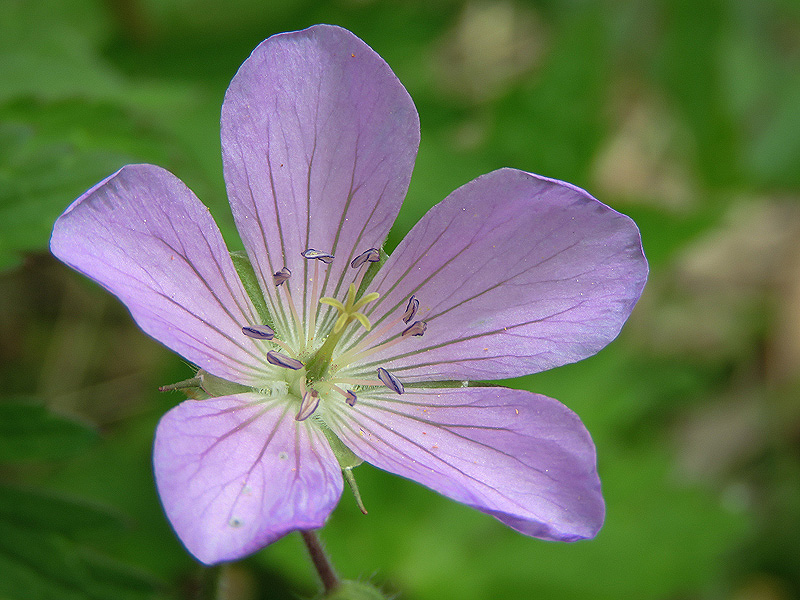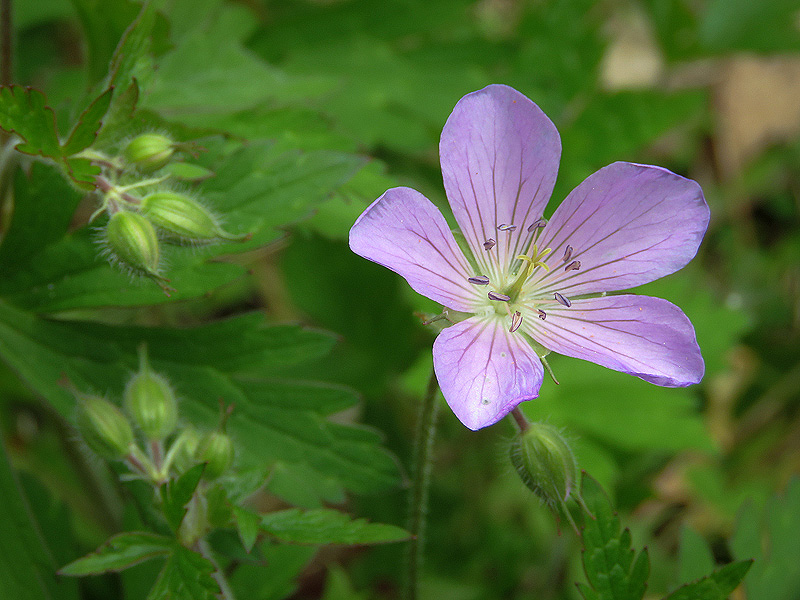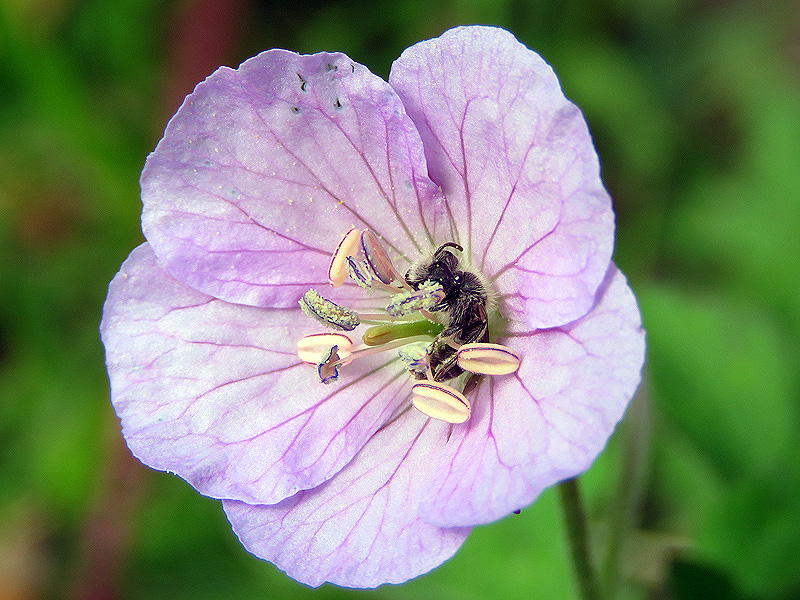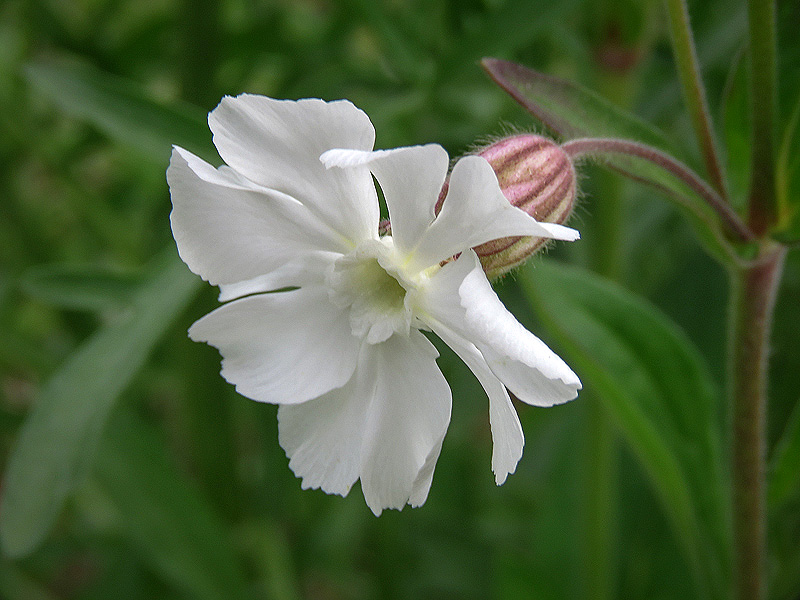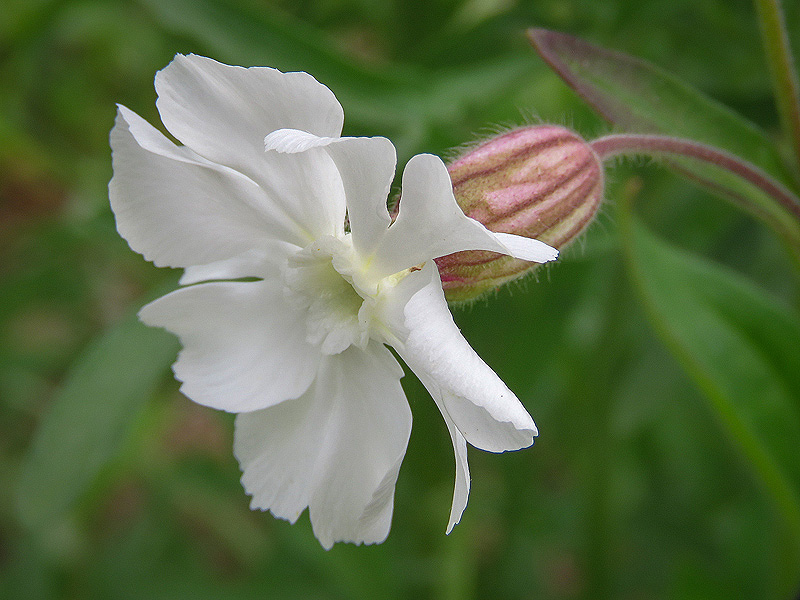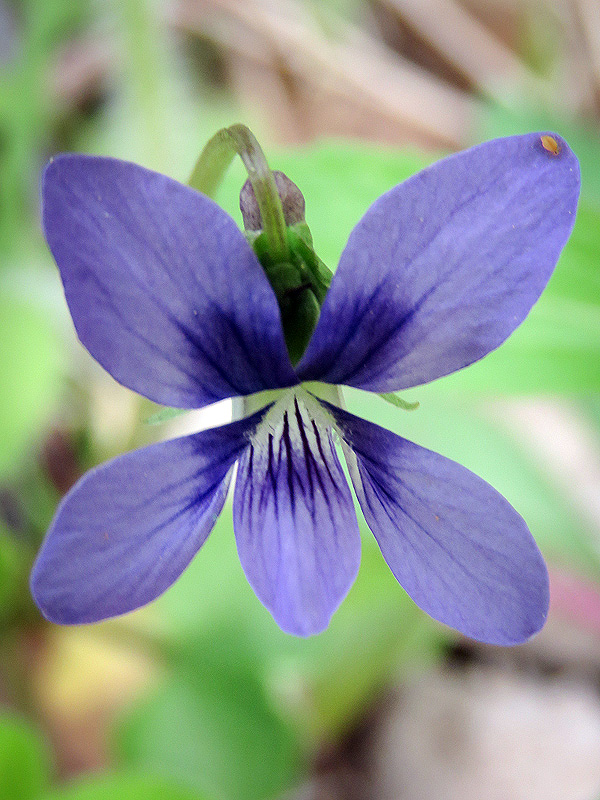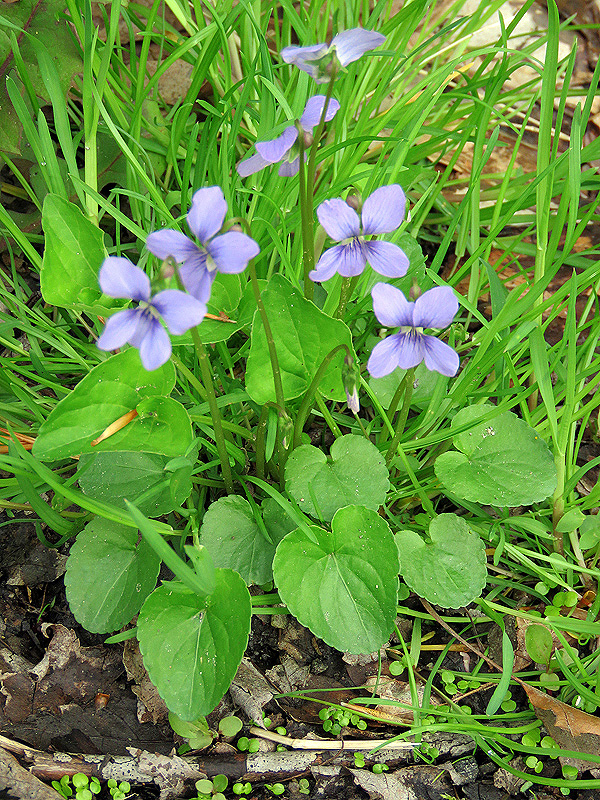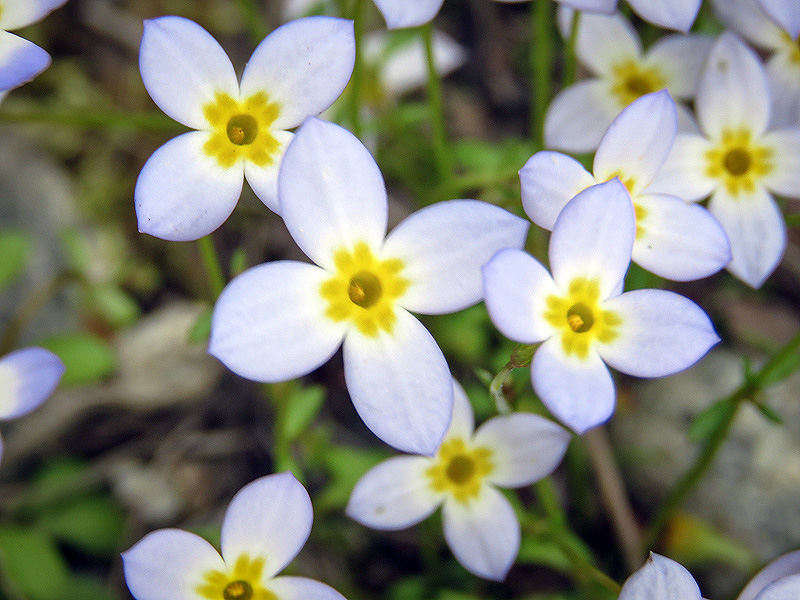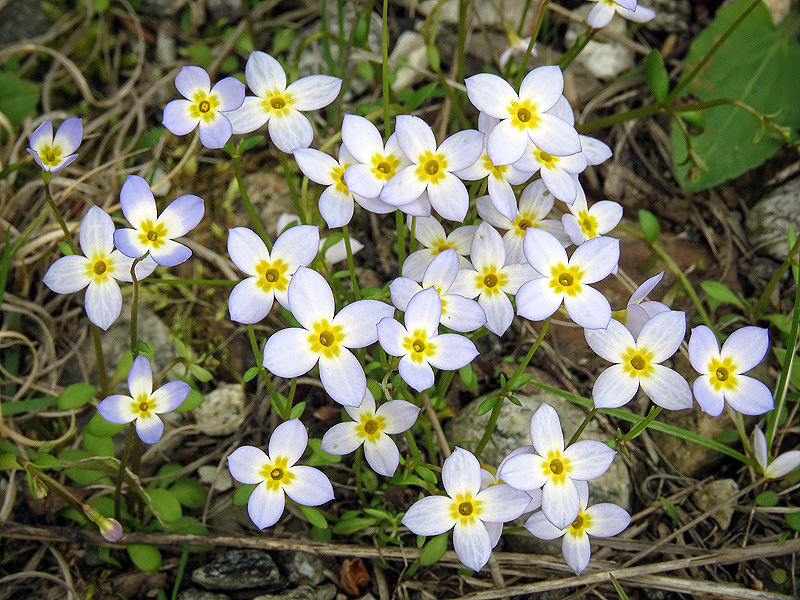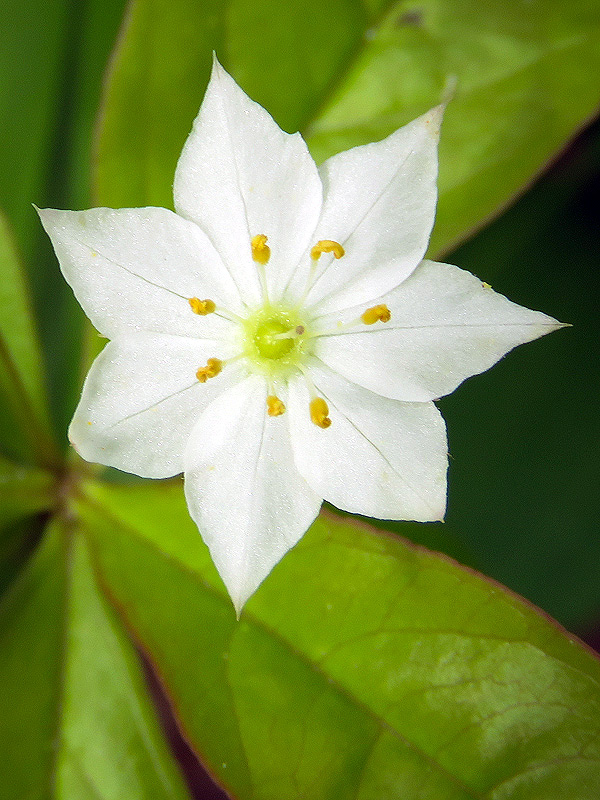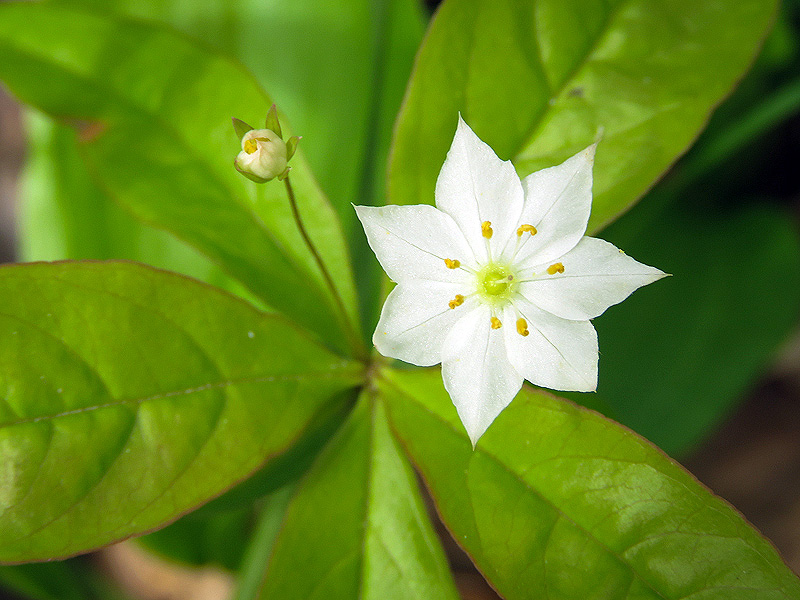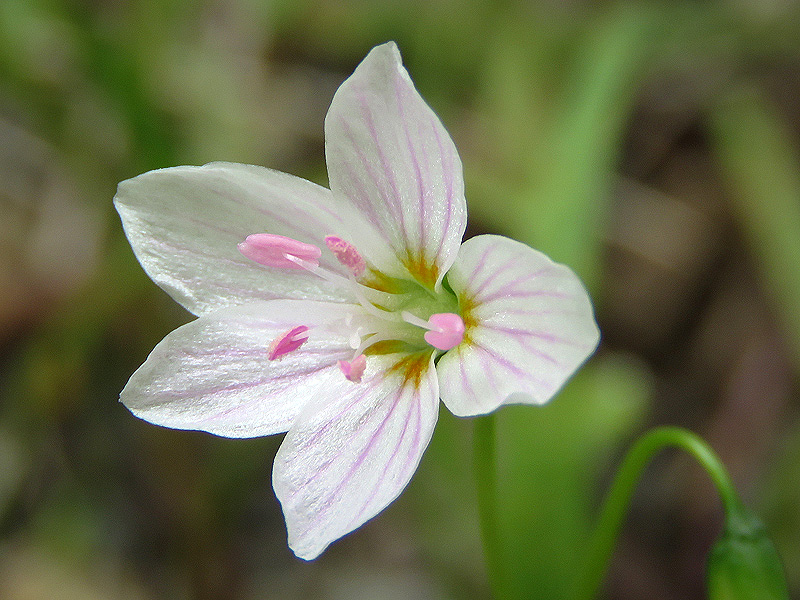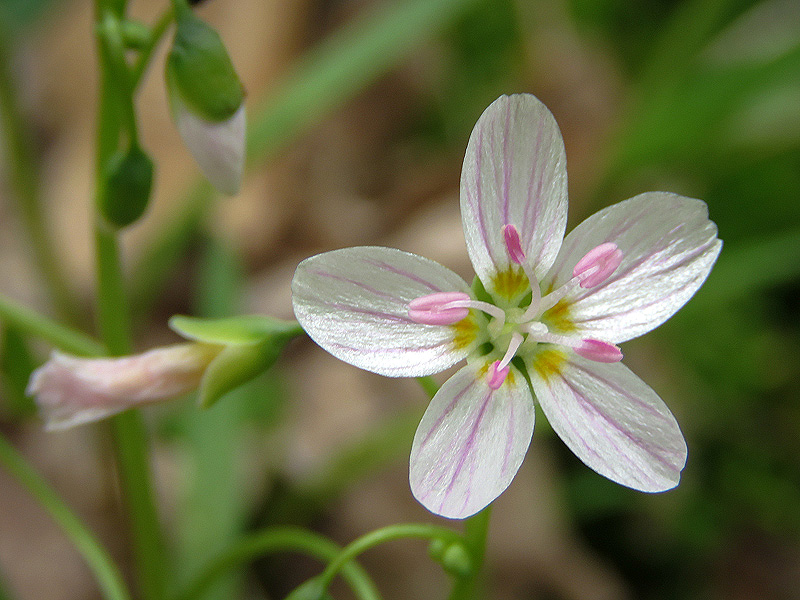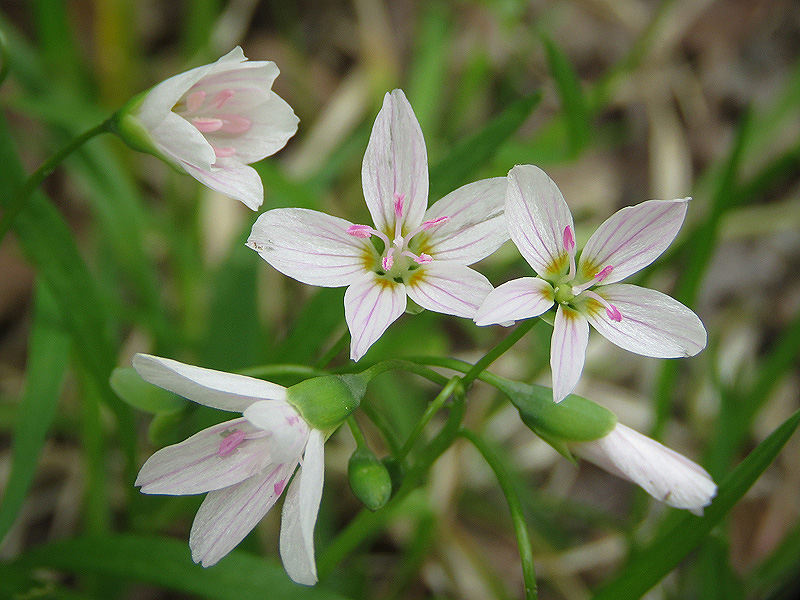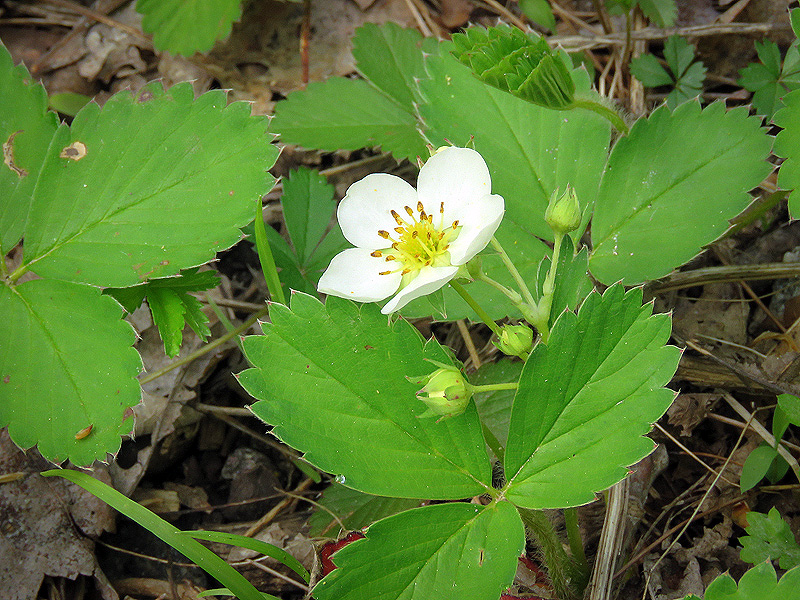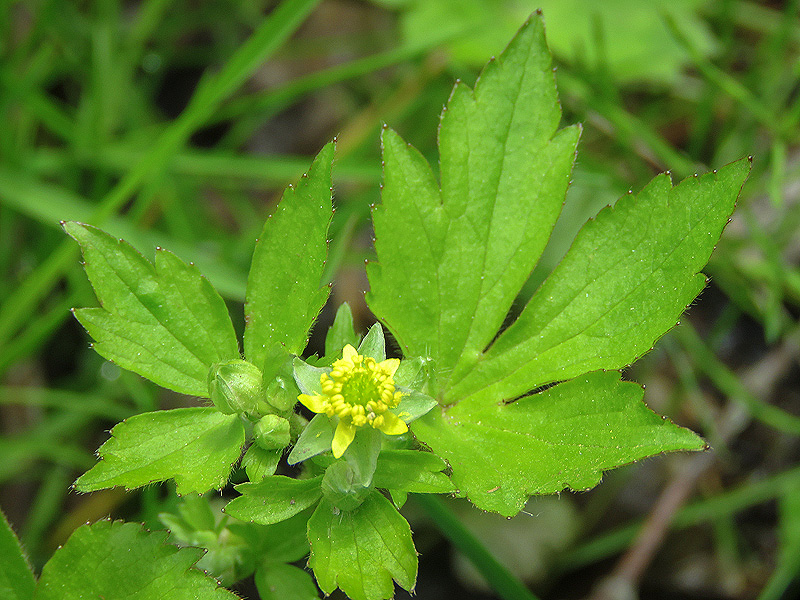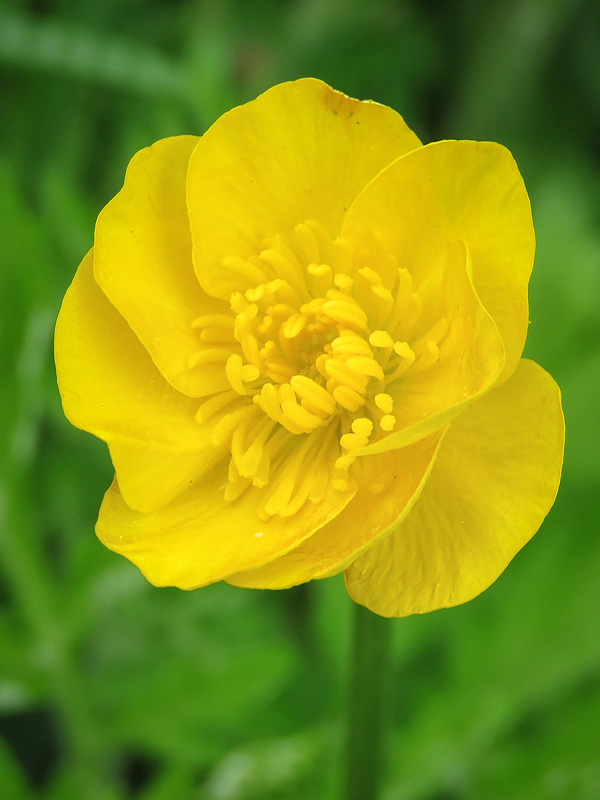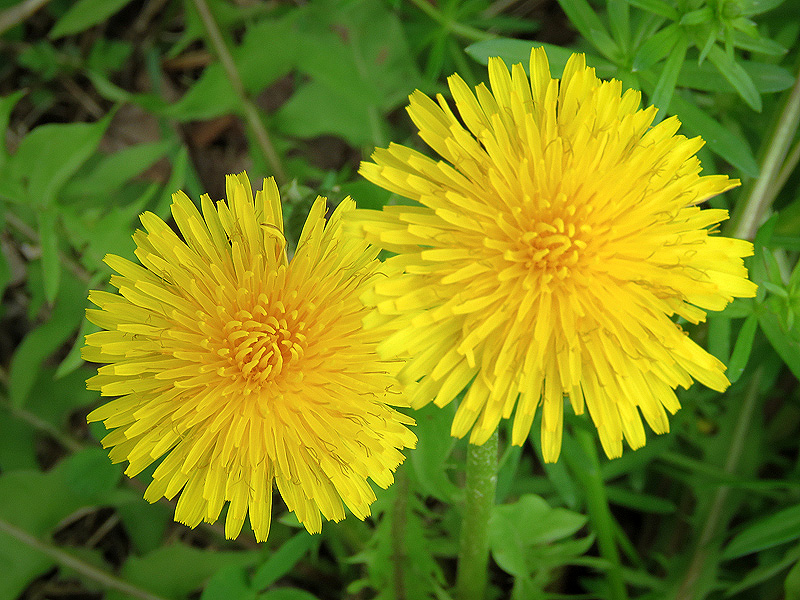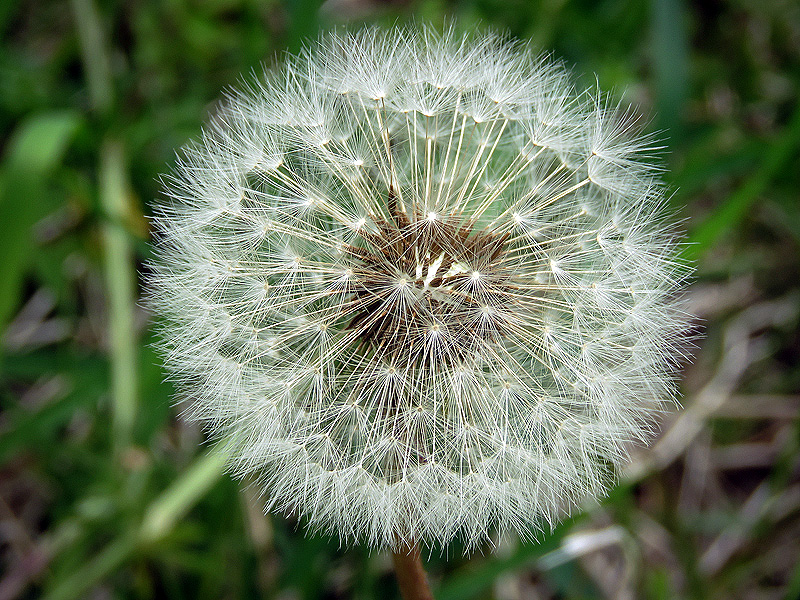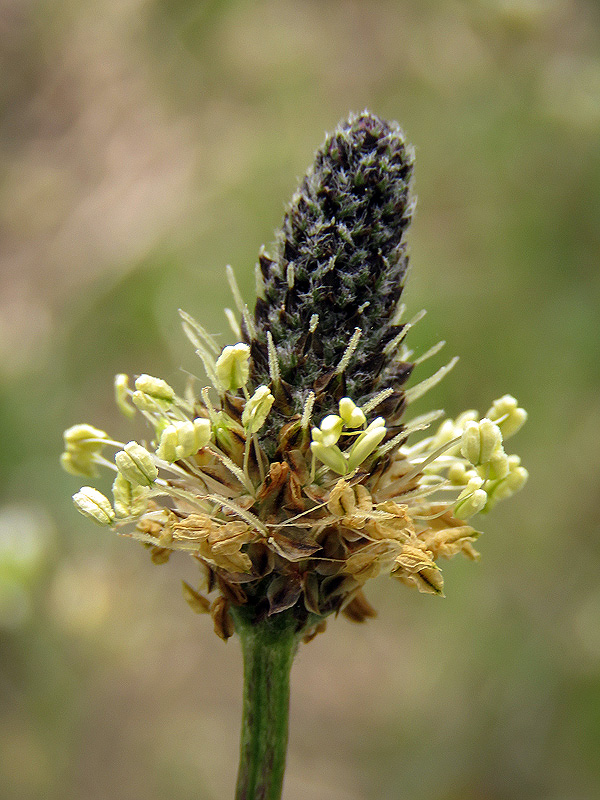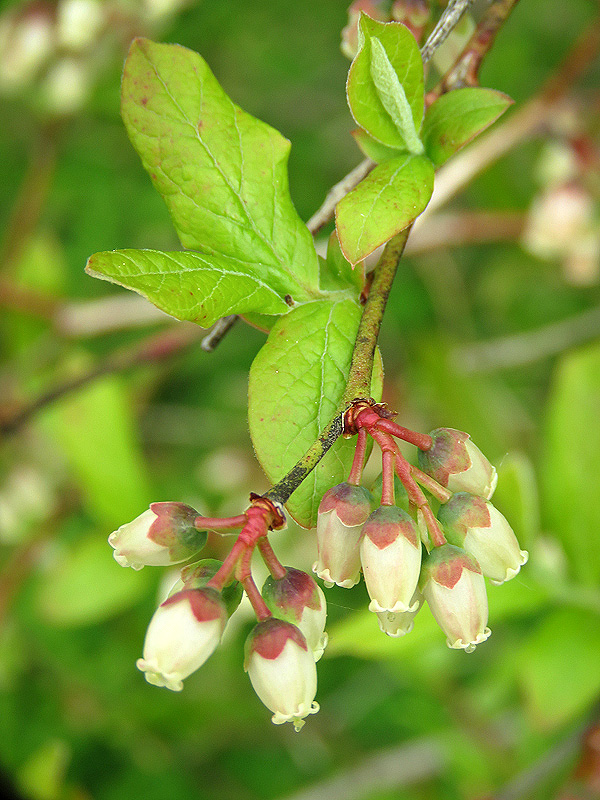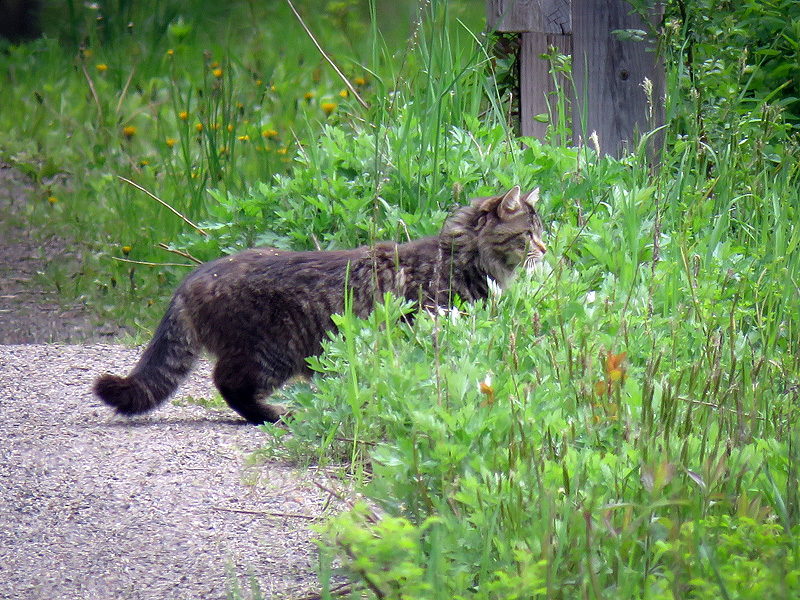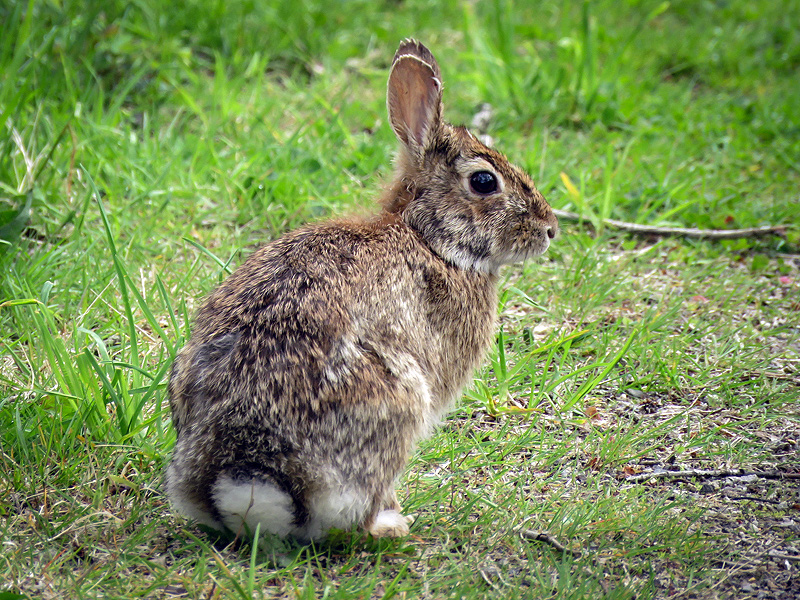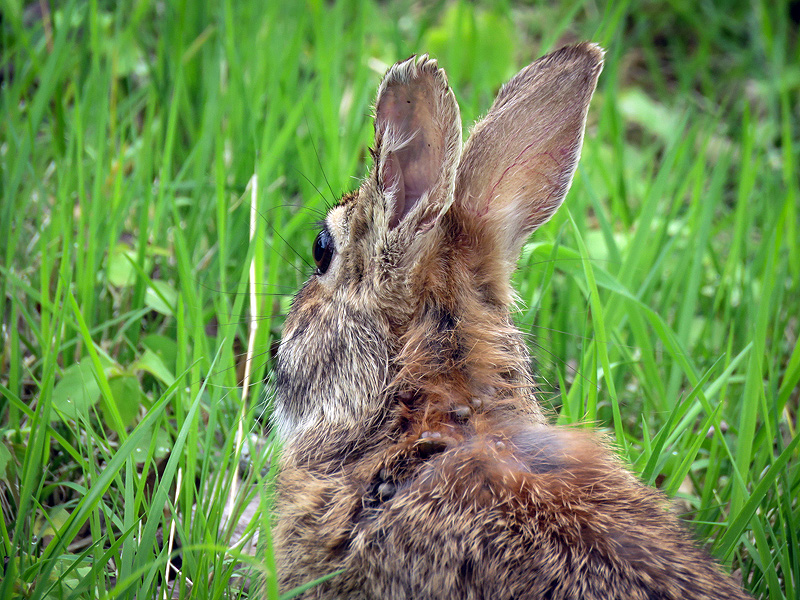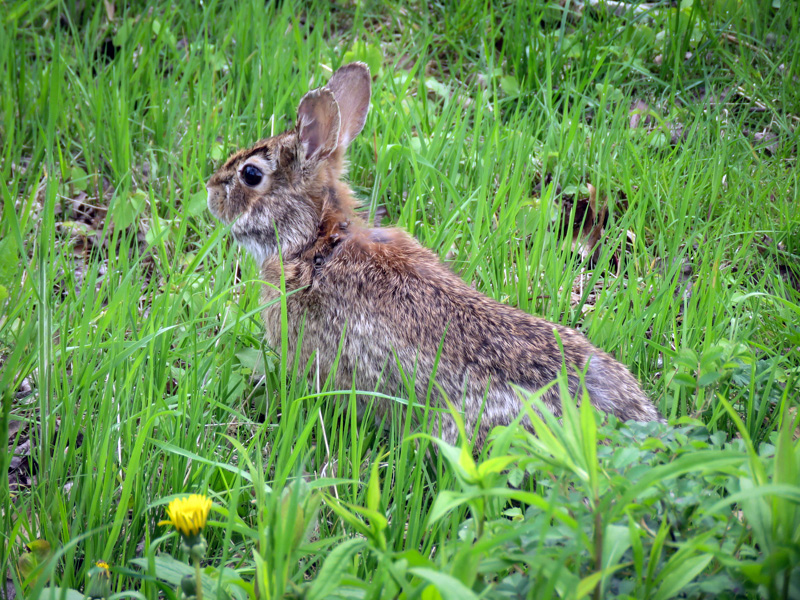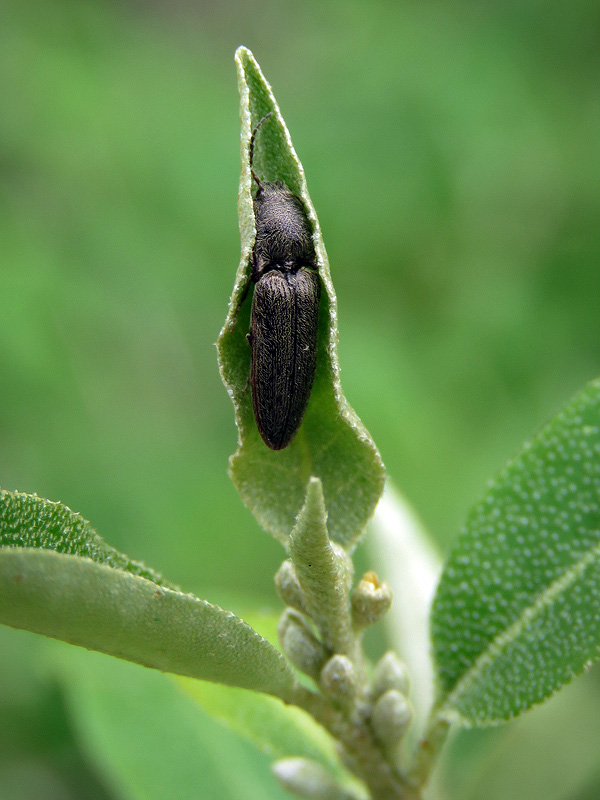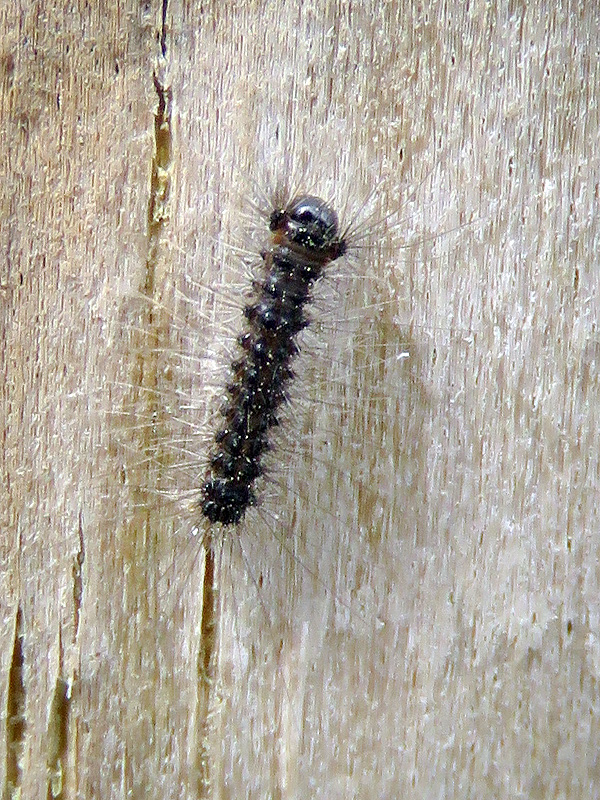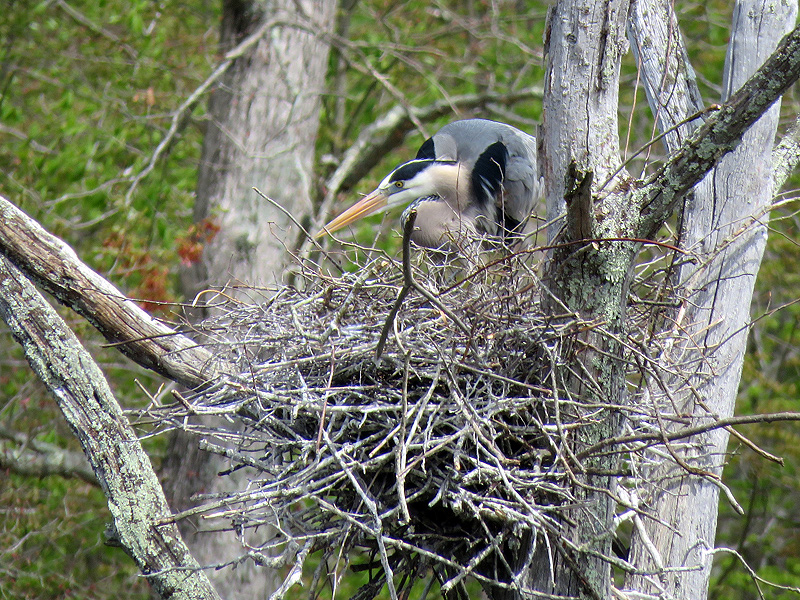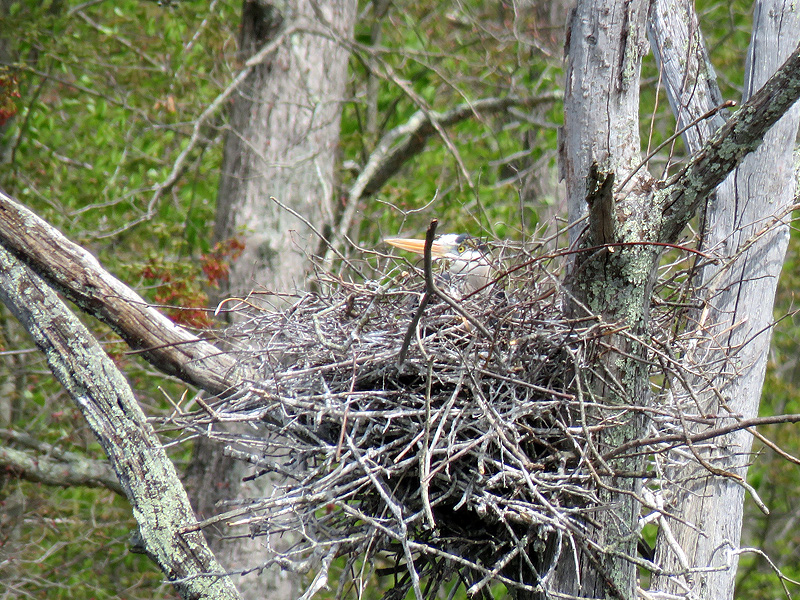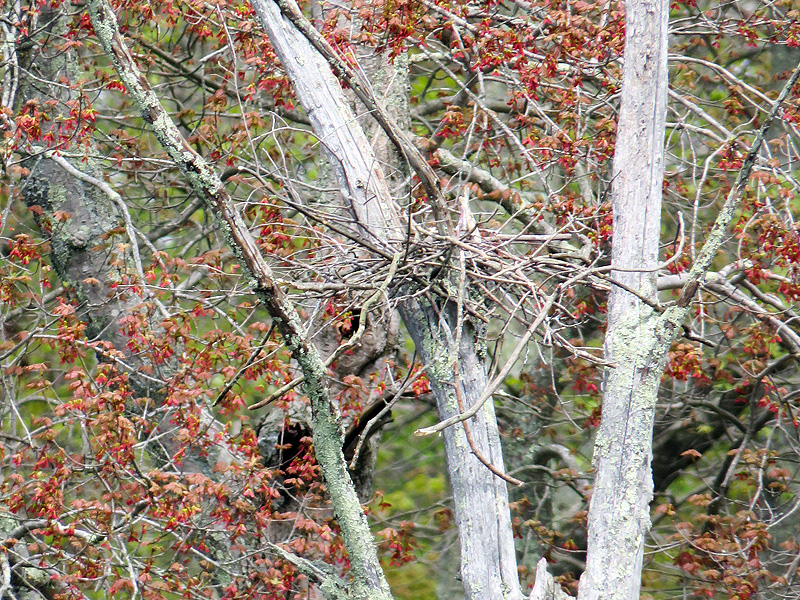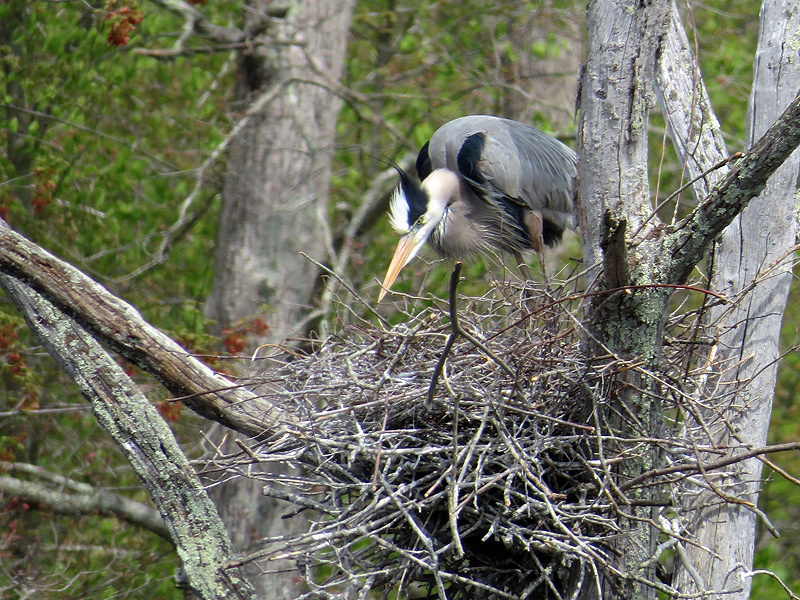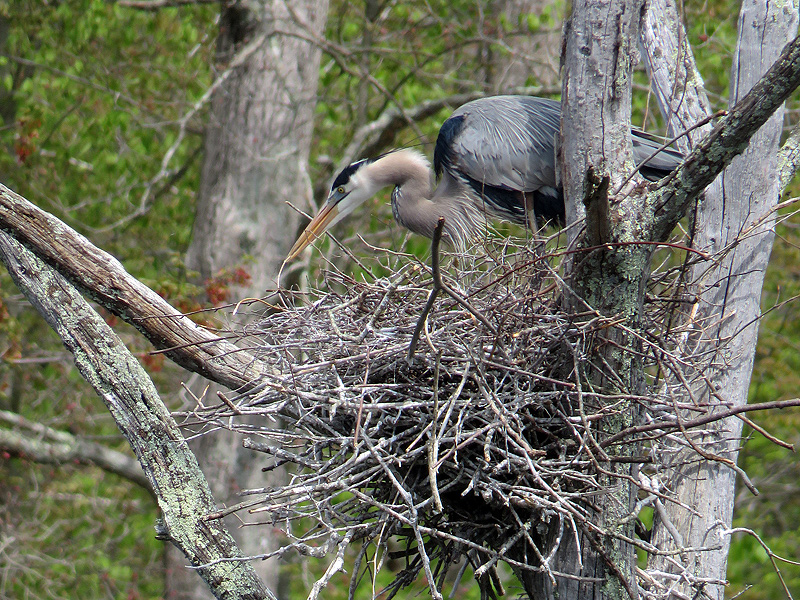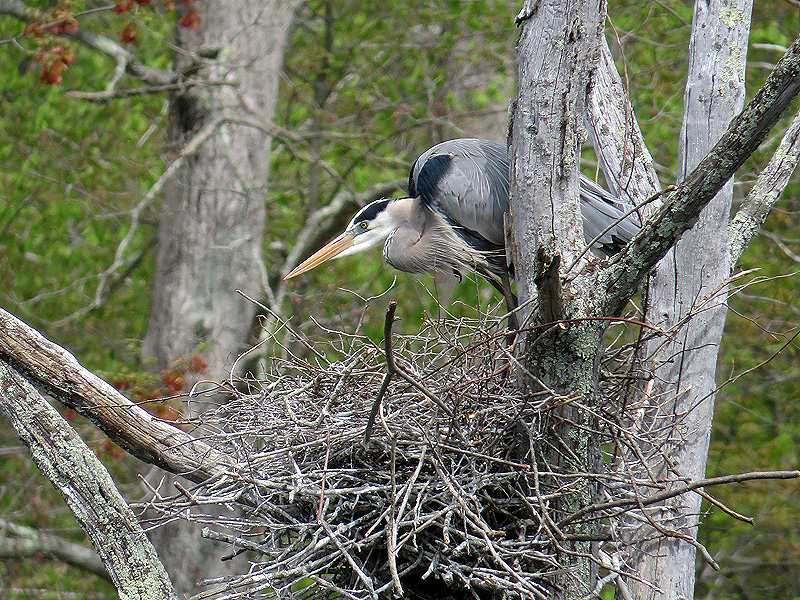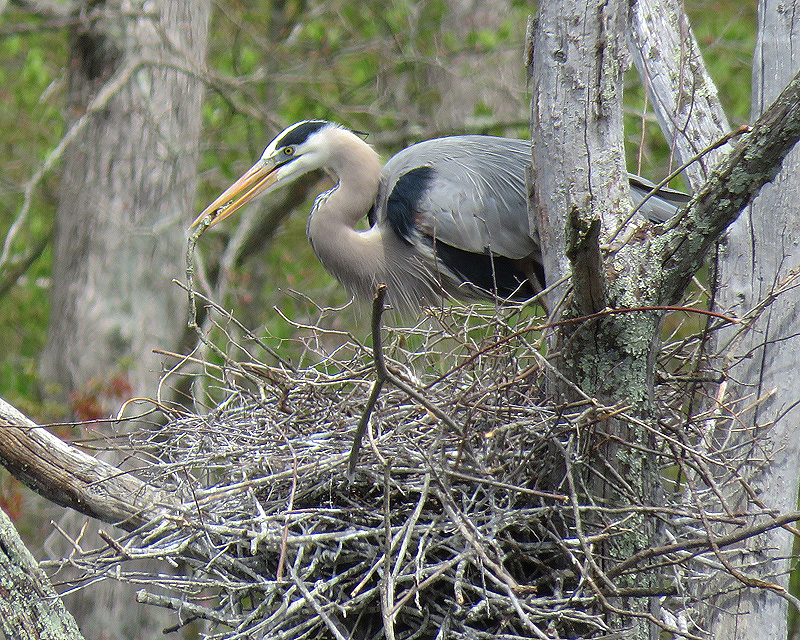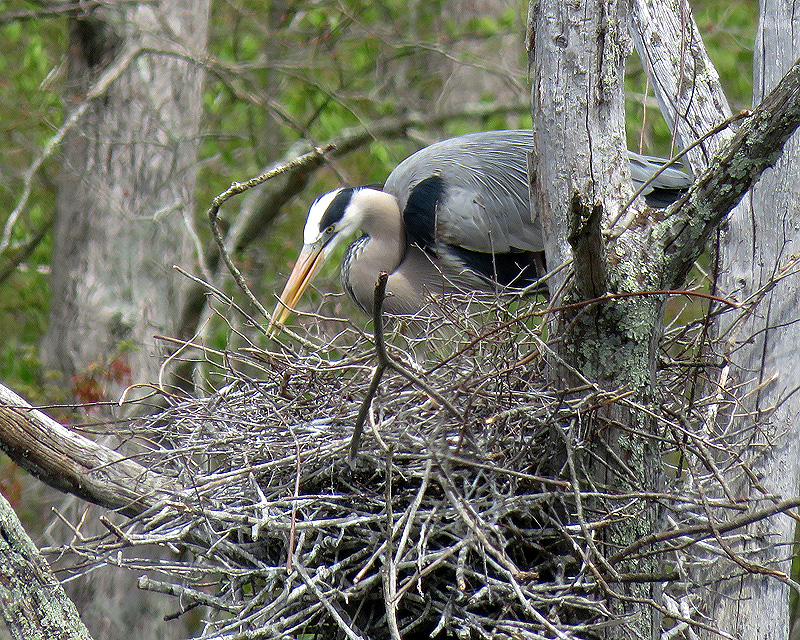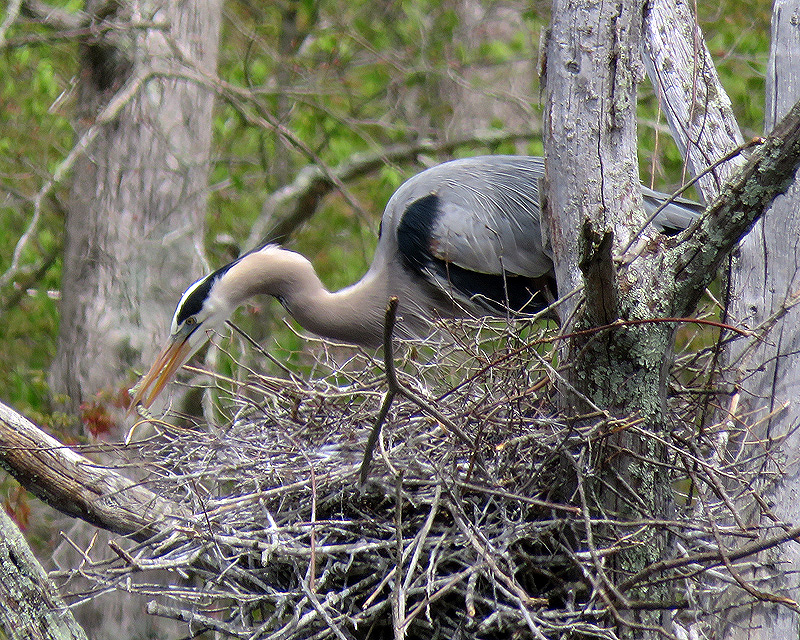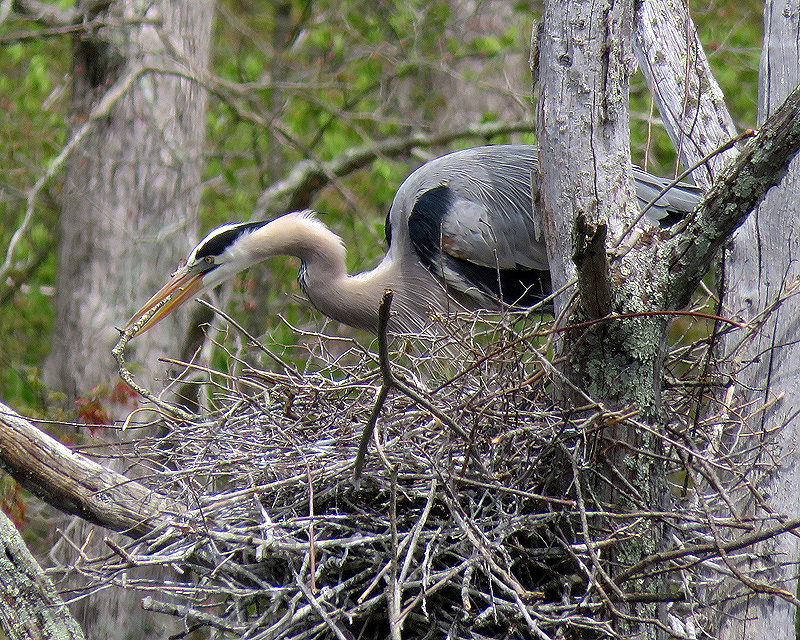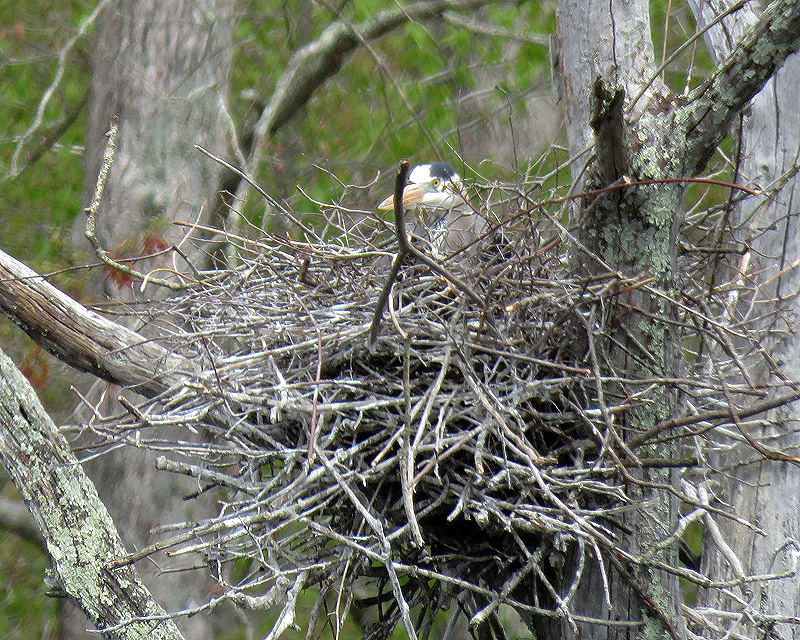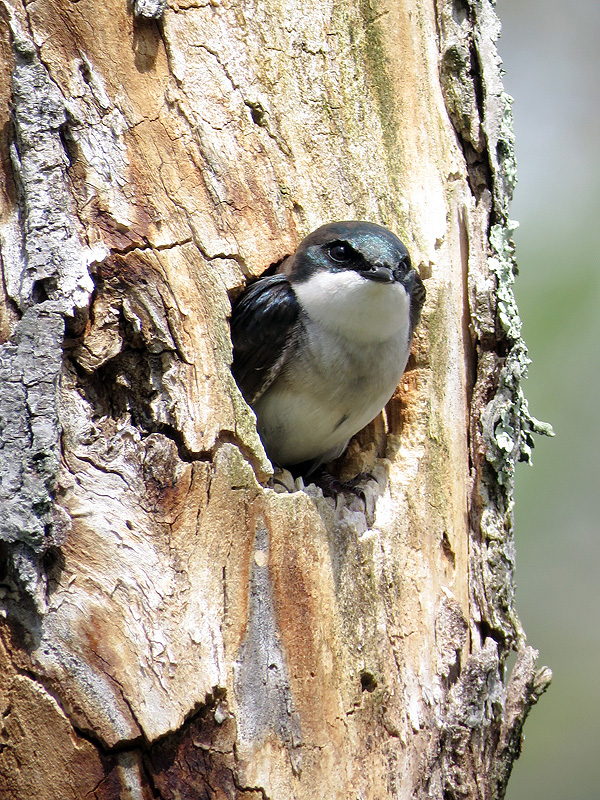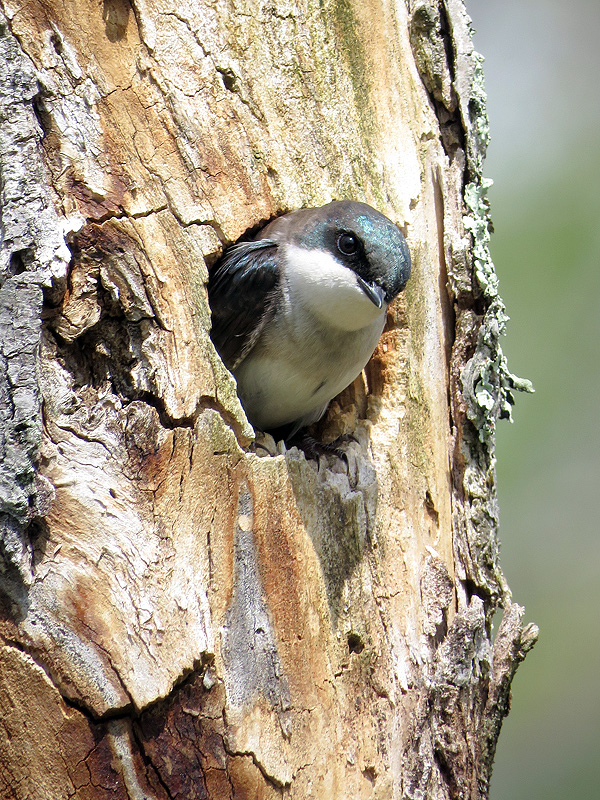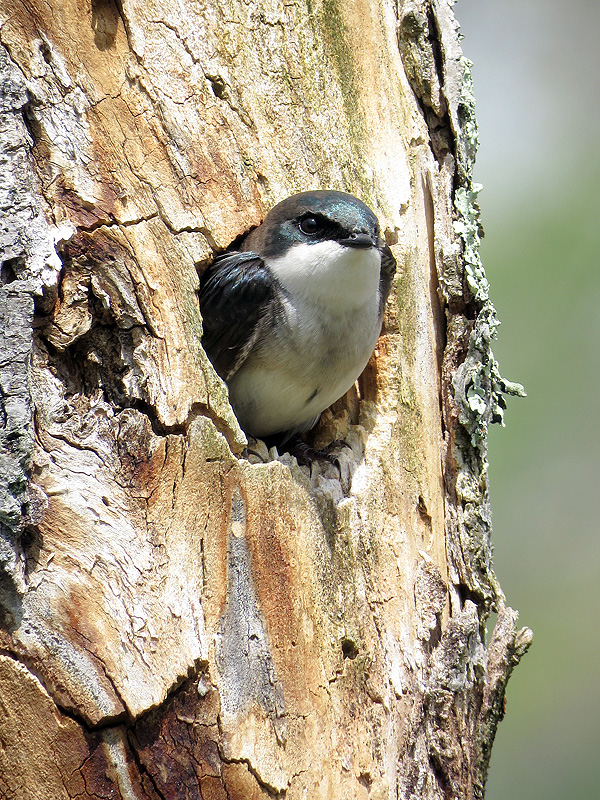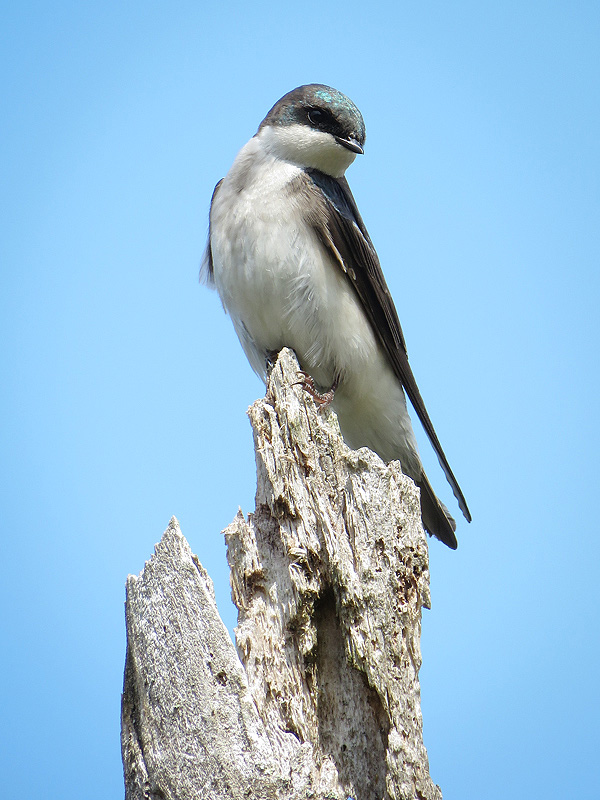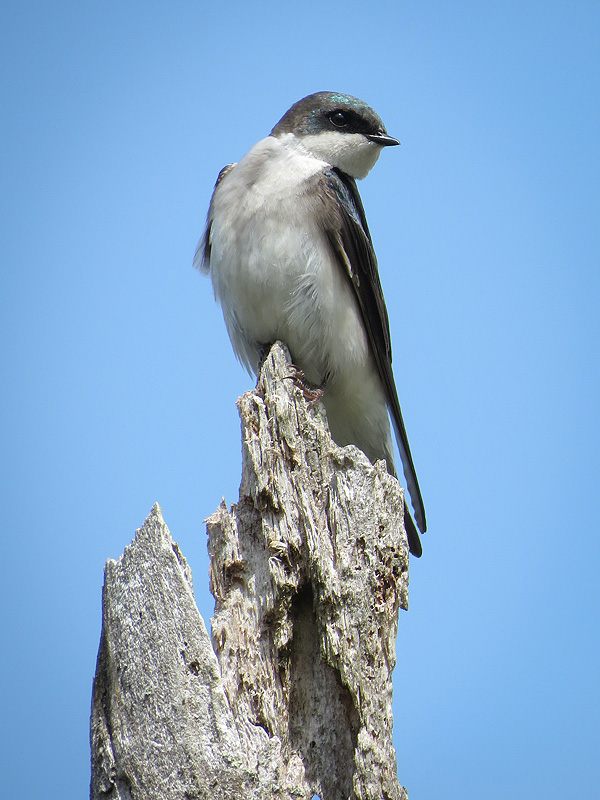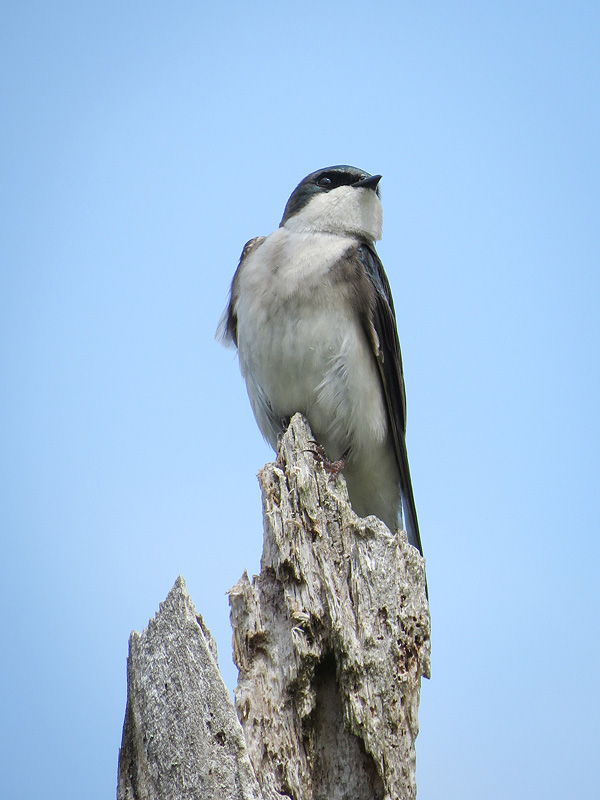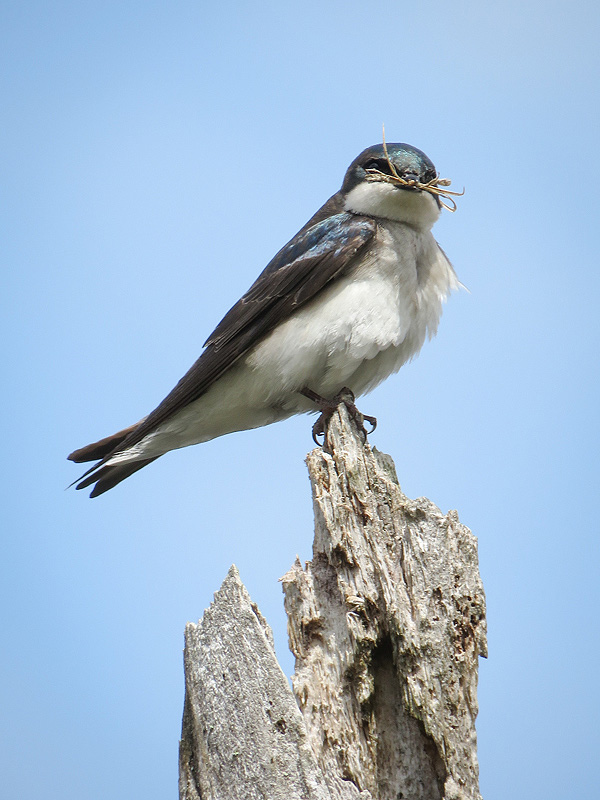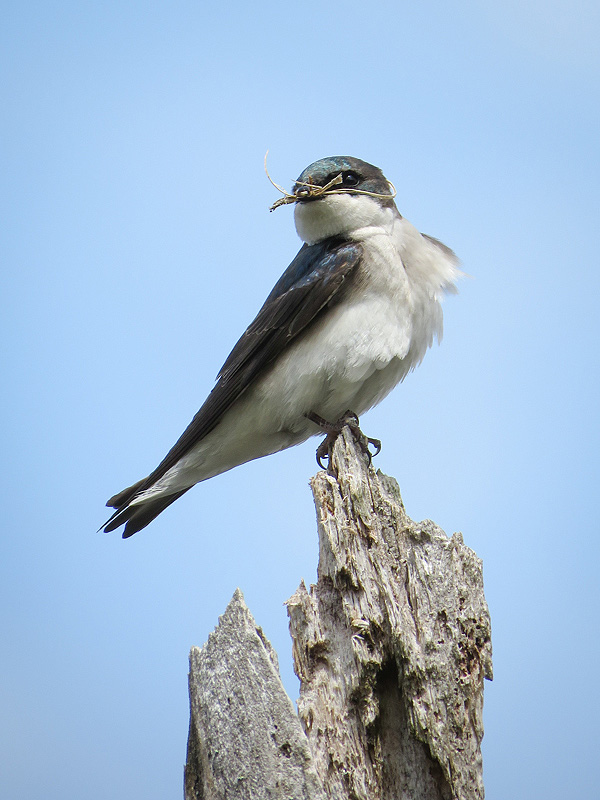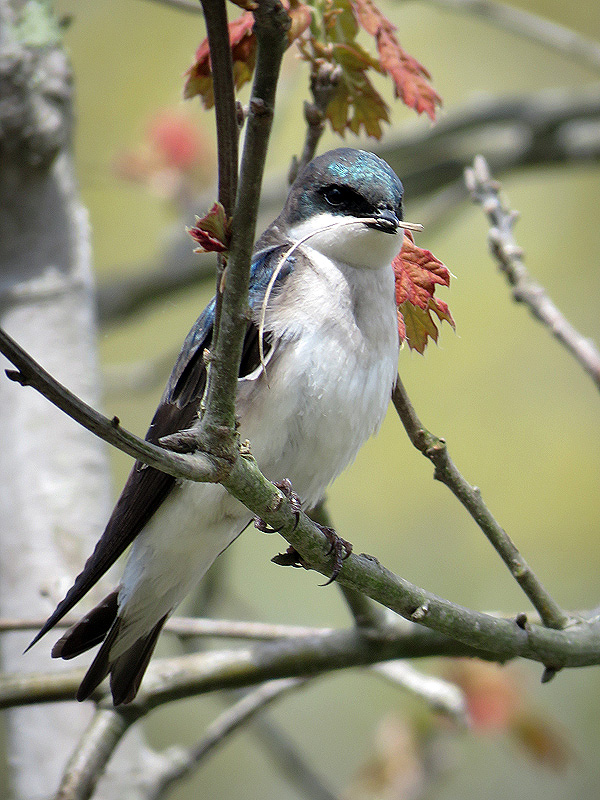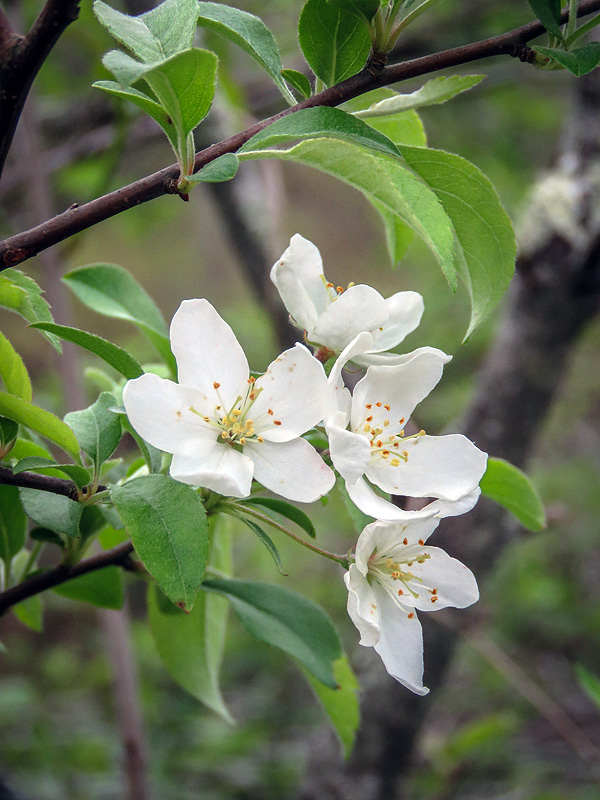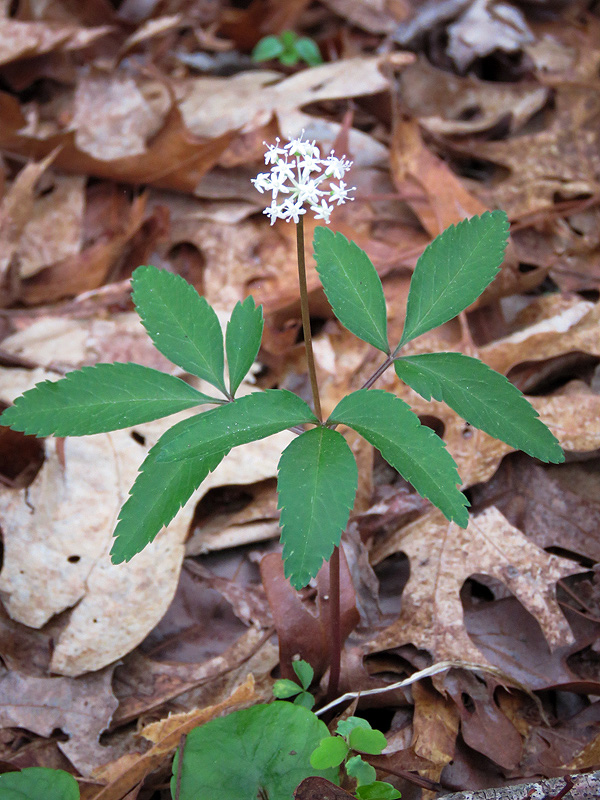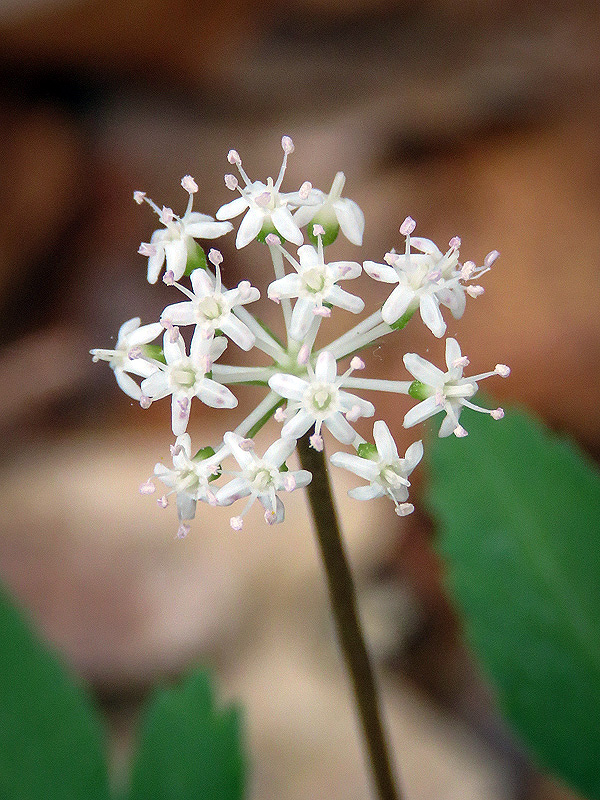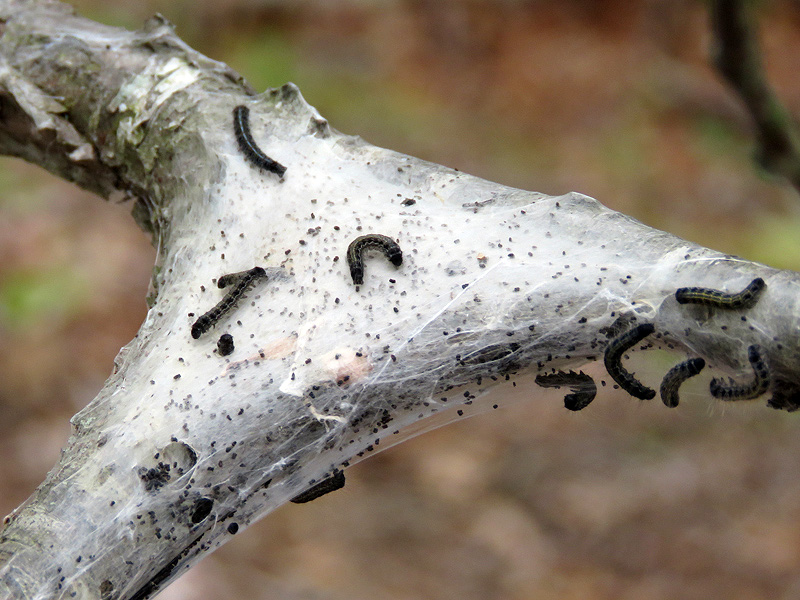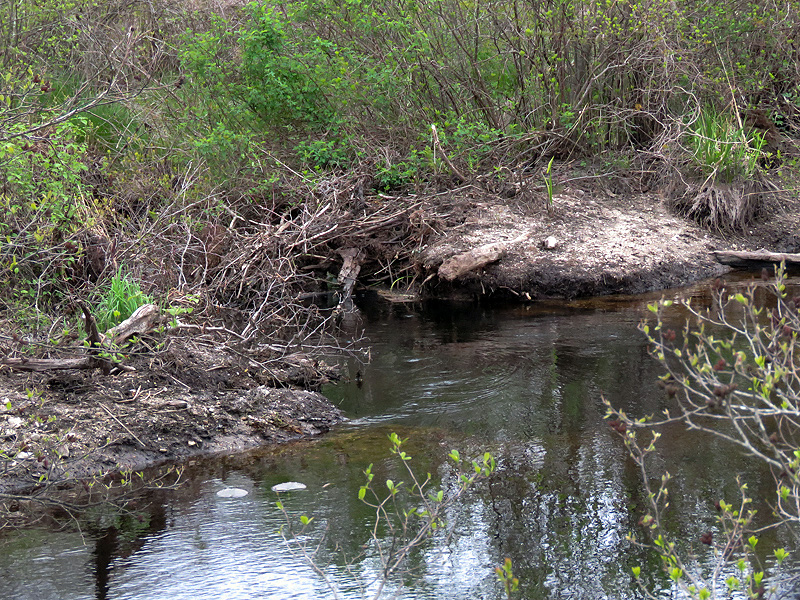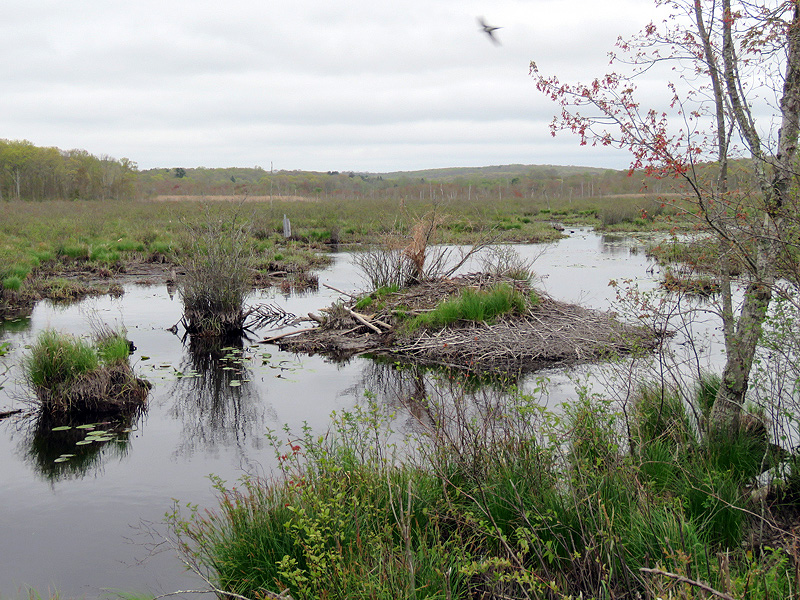Along the Air Line... 2019 - Spring, Part 10 The Air Line Trail in Eastern Connecticut - Stan Malcolm Photos |
HOME: Air Line... 2019 Pages Menu Stan's FlickR Albums |
May 9th. A late morning walk east from Cook Hill road in Lebanon. Mostly wildflowers, starting with Wild Geranium (Geranium maculatum). |
|
This Halictid Sweat Bee (Family Halictidae) must have spent the night in this blossom, bathed in pollen. It didn't want to wake when I poked it. |
White Campion or Evening Lychnis (Silene latifolia). |
|
Lots of Violets (Viola sp.), this one with a Springtail (Order Collembola) on the upper right petal. |
|
Bluets (Houstonia caerulea). |
|
Starflower (Trientalis borealis). |
|
Spring-beauty (Claytonia virginica). |
|
There's an enormous stretch of it just west of Cook Hill Road. |
Wild Strawberry (Fragraria virginiana). |
Hooked Crowfoot (Ranunculus recurvatus). |
One of the Buttercups (Ranunculus sp.). |
Dandelions (Taraxacum officinale). |
|
|
English Plantain (Plantago lanceolata). |
Highbush Blueberry (Vaccinium corymbosum). |
Barn cat, patrolling the marsh edges. |
Eastern Cottontail (Sylvilagus floridanus). |
Ugh. The poor thing, covered with engorged ticks. |
|
Click Beetle (Family Elateridae) tucked into a willow leaf. |
At about 4mm long, this Gypsy Moth (Lymantria dispar) caterpillar recently hatched and "ballooned" on a thread of silk in order to disperse. |
Next stop, east of Route 207 to check on the heron nests. Similar activity on the first nest: periods of brooding, interspersed with nest and egg maintenance. |
|
The second nest seems to have been abandoned by, let's call him "Wistful Willy"? |
Back to the first nest. |
Dealing with wayward sticks. |
|
|
|
|
|
Back to incubating. |
About 50 feet east of the bench, I noticed a dead tree with lots of woodpecker damage - and this female Tree Swallow (Tachycineta bicolor) sticking out of one of them. |
|
|
Then she perched atop the dead trunk. |
|
|
Then she began bringing in nest material. |
|
|
May 10th. |
|
|
Eastern Tent Caterpillars (Malacosoma americanum) are getting bigger. |
An open letter to Ann Kilpatrick, DEEP's point person for "nuisance beavers". Congratulations, Ann,
|
|
